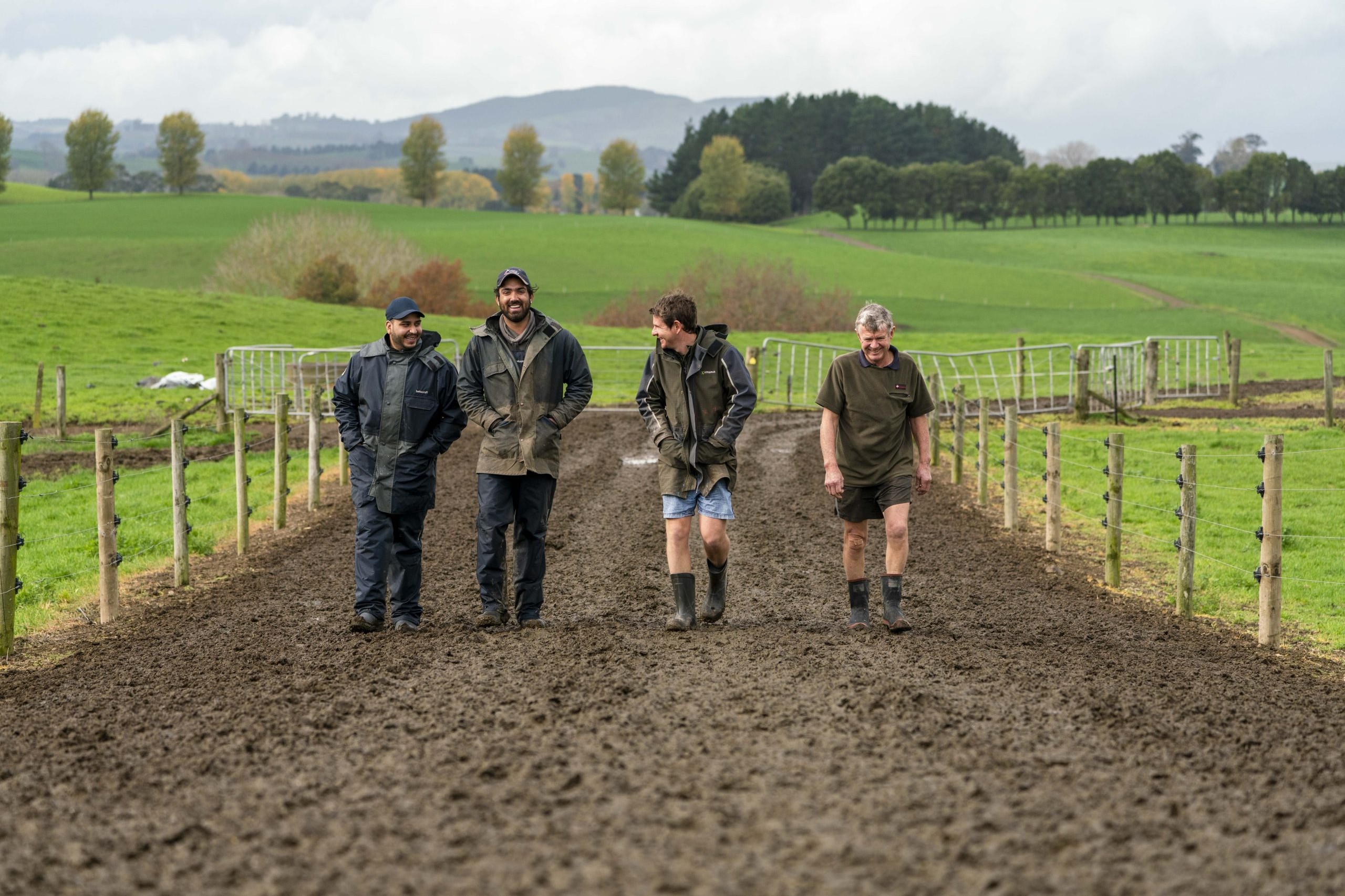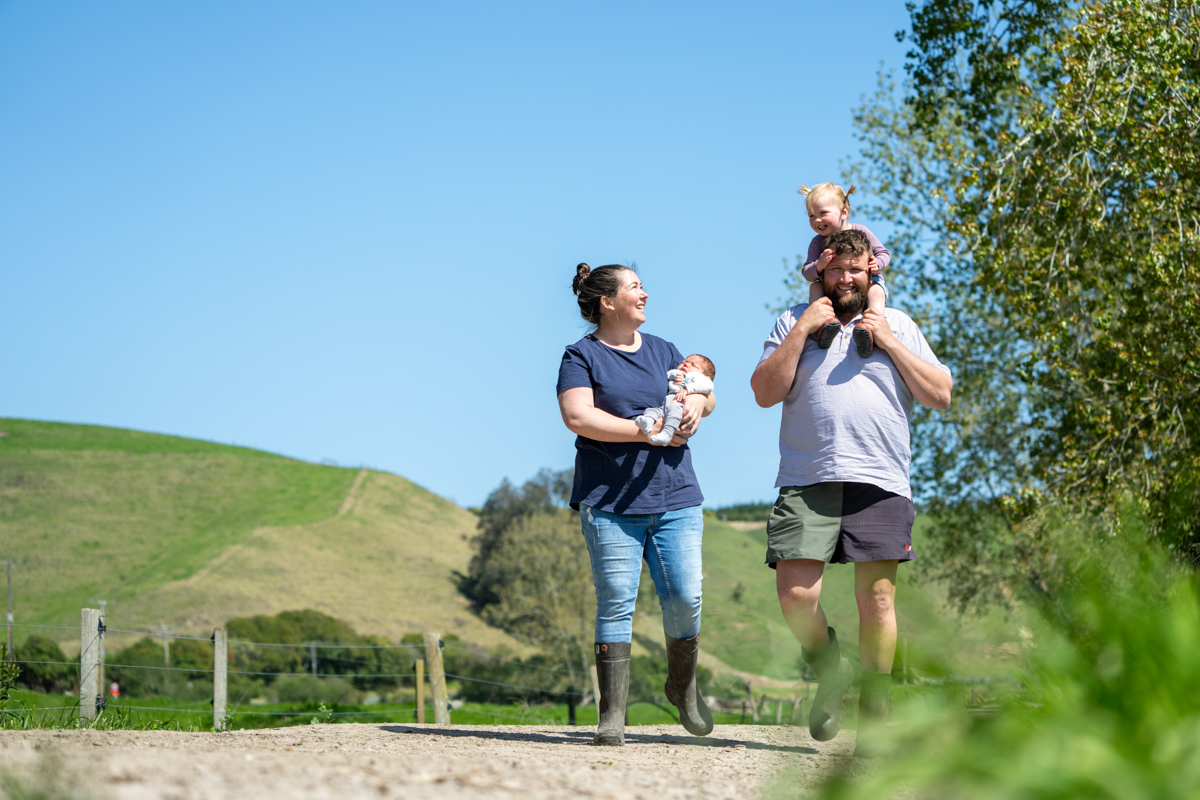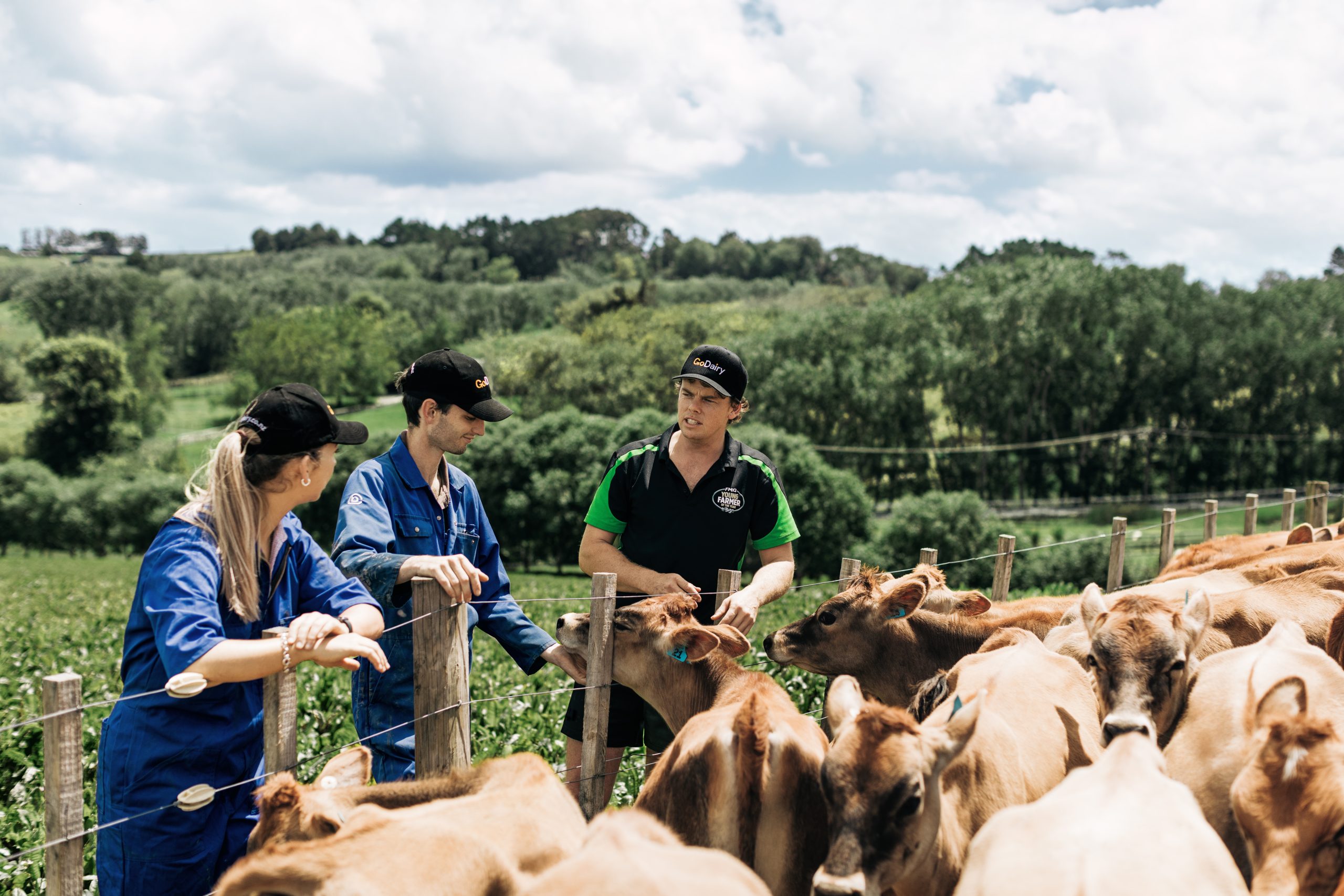A Kiwi couple who moved to Ireland to further their dairying and science careers may have had the brakes put on their travel due to Covid, but it’s not stopping them from learning on the job. Jacob Sievwright and Katie Starsmore hope the knowledge they’re gaining will have a direct benefit to New Zealand. Anne Lee reports.
As the song says, ‘It’s a long way to Tipperary’, but for a young Kiwi couple the move to Ireland has been an ideal way to build on their dairying and science careers and get to see a whole new chunk of the world – Covid-19 aside.
Jacob Sievwright and Katie Starsmore have been in Ireland since June 2019, and although the global pandemic has put the handbrake on their wider travels over the past year and they’ve been in the strictest lockdown level over recent weeks, their jobs mean they’re both classed as essential workers.
Katie works at Teagasc Moorepark on research that could arguably be deemed essential not only to Ireland but also to the planet – investigating ways to reduce methane emissions from cows and help limit the effects of climate change.
Jacob’s work in helping feed people as a farm manager on a 300-cow intergenerational dairy farm is also deemed essential, just as it is here.
His New Zealand-learned skills in managing a pasture-based system are highly sought after in Ireland, with the dairy farming sector putting in big efforts to improve profitability and efficiencies by getting cows out of sheds and onto pasture.
Originally a Palmerston North city boy, Katie’s parents gave him an opportunity to see how he liked dairying over calving on their 550-cow farm in Taranaki.
“I ended up really enjoying it and stayed on there for a year.”
When he and Katie went to Ireland he quickly got a job working on the farm he’s on now, initially as a herd manager. Jacob is employed by Tom and Ruth Downey in South Tipperary.
There’s been plenty to learn about Irish farming but he’s also been able to really add value in terms of pasture management.
This winter the cows have been indoors since November 26 and went back out on February 1.
“We were outside for 300 days last season – which is a long time for over here, but the farm doesn’t get as wet as a lot of farms so we can utilise the grass a lot more heavily,” he says.
He monitors pasture closely, walking the farm every four to seven days and taking pasture cuts on a proportion of paddocks to ensure kg drymatter (DM) per hectare cover estimations are accurate.
Last season they grew 15.4t DM/ha/year and Jacob says utilisation was high.
For comparison, Teagasc data presented at the Pasture Summit in New Zealand in 2018 reported average pasture utilisation was 7.3t DM/ha and the top 10% of farmers achieved 9.6t DM/ha. At an 80% utilisation rate that figure would be about 12.32t DM/ha for Jacob.
He uses both a spring and autumn rotation planner, paying close attention to achieving dry-off covers that will give him the right average cover for February.
Cows are fed silage while dry and about 650kg/cow of meal through the farm dairy during milking to produce 486kg milksolids (MS)/cow or 1458kg MS/ha.
It’s a top performance compared with benchmarks and considering that, on average, cows are on their third lactation in his herd. The Pasture Summit data reported average concentrate fed per cow at 933kg/ cow and average production at 680kg MS/ ha in Ireland.
‘There are definitely a lot of opportunities for Kiwis to come over here. Their grazing skills are really sought after’
Jacob says they breed for crossbred cows and have a high economic breeding index (EBI) of 169. EBI is a similar index to New Zealand’s breeding worth (BW).
“There’s a big range in farmers showing interest in taking up the so-called ‘new ways’ using grazing – some dabble in it and others follow everything to the letter, and then you get some who just aren’t interested.
“There are definitely a lot of opportunities for Kiwis to come over here. Their grazing skills are really sought after,” Jacob says.
A lot of effort is going into helping farmers establish and build white clover populations to help reduce the reliance on synthetic nitrogen.
“The use of white clover here is something quite new so there’s a lot of research and work going on to demonstrate how to establish it and how to manage it.
“The big concern from farmers here seems to be how to manage bloat,” he says.
For Katie, the move is building on her science background and research career.
She completed a Bachelor of Science majoring in agriculture and minoring in animal science at Massey University in 2018. Her interest in research and travel had been piqued earlier that year when she went on a student exchange to Wageningen University and Research in the Netherlands.
“That was an amazing experience and really opened my eyes to research into sustainability issues.
“When I got back to Massey, I talked to people there about it and that’s where I picked up contacts in Ireland,” she says.
She’s been working on methane research since she arrived at Teagasc and is now carrying out a masters degree through Teagasc and Massey.
Her studies are focusing on understanding methane production and nitrogen efficiency from grass only and grass-white clover swards.
She is also carrying out testing on various feed supplements for their effects on reducing methane gas emissions from cows.
Most products that have shown good results elsewhere in the world have been fed to cows within their total mixed ration (TMR) diet so the active ingredient is constantly in the rumen throughout the day.
The problem for grazing systems is that the opportunity to administer the active ingredients via a supplement is likely going to be during milking – typically once in the morning and once in the afternoon after cows have grazed, so the active ingredient is only passing through the rumen twice a day. Katie says her research uses GreenFeed machines that measure carbon dioxide, methane and hydrogen while the cows are feeding on additional concentrate. The machine is on a trailer parked in the race next to the paddock and cows have free access to it while out grazing.
The incentive for the cows to use the machine is the additional sweet concentrate. Their electronic identification (EID) tag is read when they put their head into the feed bin area so all the gases emitted by that specific cow are measured during the time they are in the unit.
Each cow can enter the unit up to five times a day.
“We’re looking at different blends of various products to work out the right levels of inclusion in the concentrate.
“We have some interesting results and there are a few promising signs, but I can’t say too much about it yet,” she says.
It’s great to be working on research that could have a direct benefit to New Zealand as well, Katie says.
“There are a lot of opportunities over here and it’s such a great place to base yourself for work and travel – you can be in Europe in not much more than an hour from leaving home,” Katie says.
“It’s probably a bit underrated as a destination, so yeah, it’s definitely worth looking at.”
NOTED:
Some of the differences and prominent issues they’ve noted in the Irish dairy scene include:
- All silage pits must be built on concrete pads with drainage for leachate and runoff to a contained area or tank.
- Calves must be reared on a concrete base (with suitable bedding on top), and have drainage for dung and urine.
- Like New Zealand there is a move away from bobby calves, with the industry setting up a dairy beef EBI (breeding index) so farmers can select a sire that will give them shorter gestation length, ease of calving and good beef traits.





